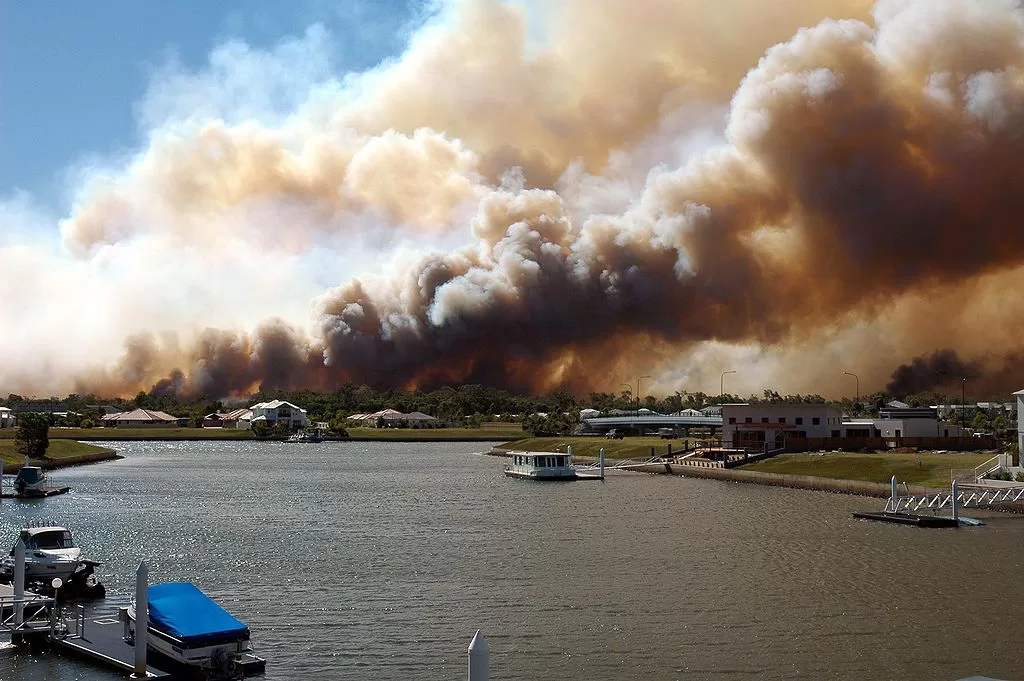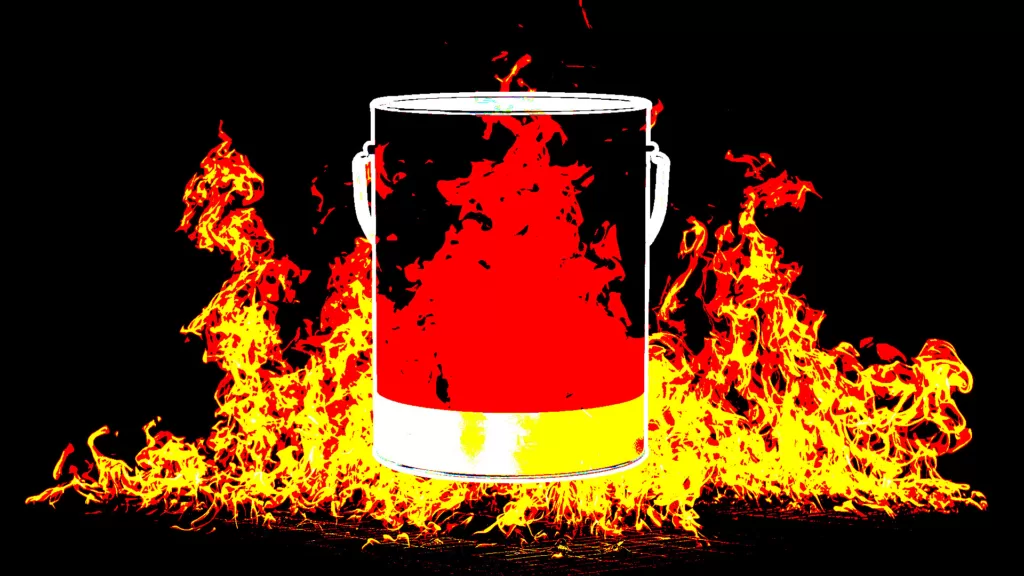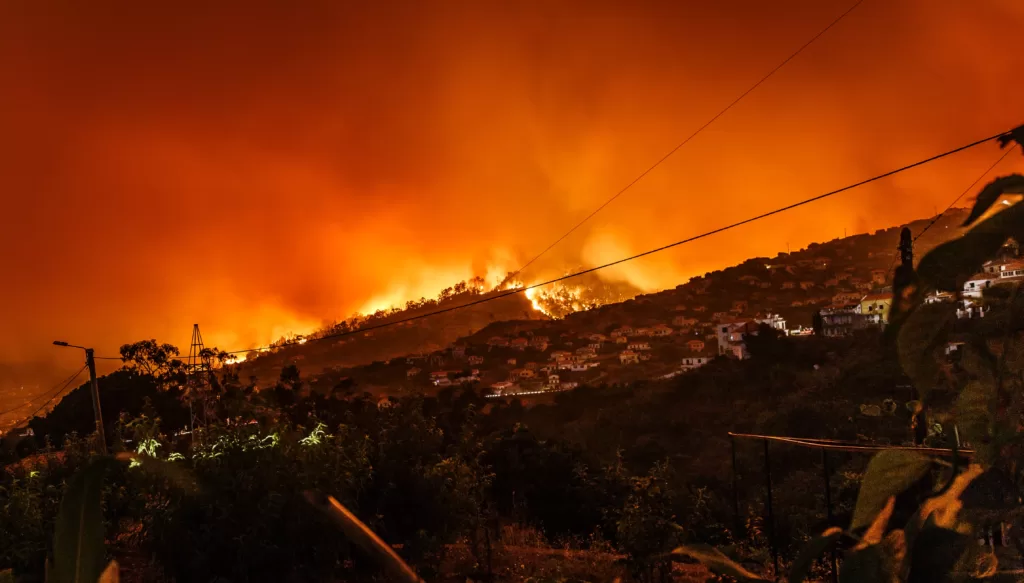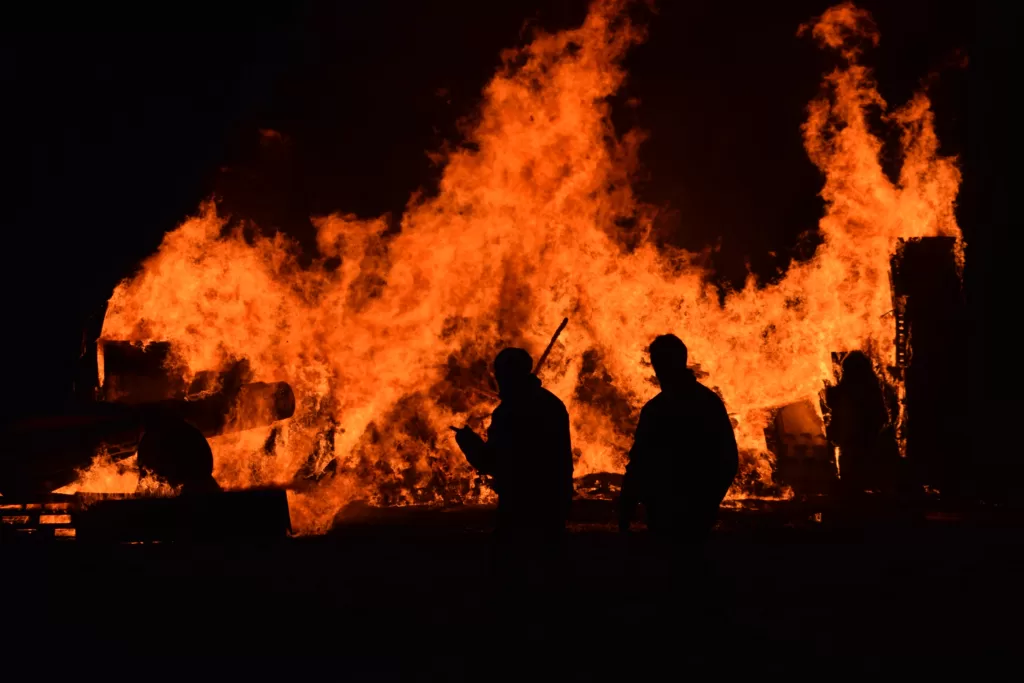Protecting the unborn: Keeping bushfire smoke out of our homes
Securing homes in the face of bushfires is a known challenge. Far less appreciated is the effect of bushfire smoke and why we must keep it out of residences.
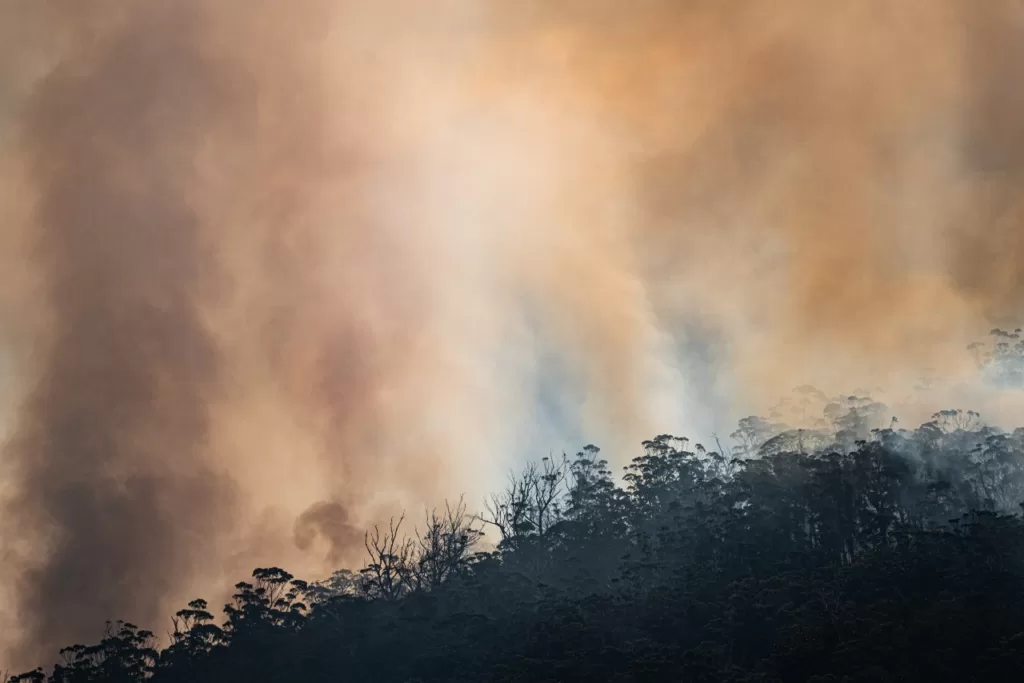
Securing homes in the face of bushfires is a known challenge. Far less appreciated is the effect of bushfire smoke and why we must keep it out of residences.
“The placentas are grey … the babies are underweight … and there are way too many for there not to be a link!”
I’m sitting with my doctor in her Albury clinic a few months after the smoke of Australia’s 2019-2020 bushfires had cleared. This pronouncement has followed some discussion about potential air quality during proposed clearing burns in the region.
Listening to her speak, it’s clear this is an issue that’s disturbed her for some time: “Placentas should be pink. What I’m seeing is what I’d expect from a mother who smoked several packets of cigarettes a week.”
Sometime later, as the fire season of 2020-21 approached, I began research into retrofitting Australia’s existing housing stock, just one path towards improved community resilience and bushfire survivability.
In so doing, I came across an article by Nicole Mackee who, in interviewing this same doctor, Dr Rebecca McGowan, furthered her call for research into this area: the effect of bushfires upon the health of those who never even see the flames, and the unborn they may carry.
As McGowan herself pointed out, the research she was calling for has precedence much earlier than the 2020 fires.
An extensive 2019 North American study showed a distinct correlation between wildfire smoke and adverse pregnancy outcomes.
Earlier research into the effects of the Black Saturday Victorian fires of 2009, though never pointing specifically to bushfire smoke, identified significantly reduced birth-weights (a 150 percent increase in underweight babies) and increased pre-term births (a 50 percent increase in those born between 20 and 27 weeks in the three months immediately following the fires).
Both these studies concluded that, while there was a definitive correlation, the mechanism or cause was not understood. More recent studies have begun that much harder journey.
Some, such as that by a team in Newcastle, NSW, and from California go so far as to suggest altered DNA methylation during gestation. These, and other studies cite the interruption of multiple biologic mechanisms important to healthy pregnancies.
Others have noted rises in child and adult respiratory triggered hospital admissions and deaths, during and post bushfire events, suggesting staggering global death figures in the ‘…hundreds of thousands…’ annually.
Such research is echoed by newspaper reports, rigorous online journalistic projects (such as this and this ) and the likes of this team of Australian researchers‘ call for ‘nuanced health advice’ on how we can protect our communities from bushfire smoke exposure.
Importantly, from a preventive perspective, is the focus upon ‘…particulate matter less than 2.5 μm in aerodynamic diameter (PM2.5)…’ from bushfire sources.
Building a new home, or retrofitting an existing home, to totally eliminate airborne particulate matter less than 2.5 μm, is problematic.
As any builder will attest, we don’t build submarines, we build homes. Yet we can, cost effectively, reduce smoke incursion through the fitting of the same seals promoted for home energy efficiency.
That they must be fitted correctly, and constantly maintained, is another matter – but it can, and should, be done. Without them we will be sheltering in smoke, rather than being protected from it.
Older Australian homes are notoriously leaky (purposefully, with vented brick veneer or double brick walls), while some newer homes arguably don’t leak enough, leading to condensation build up and associated mould issues.
This latter point leads to the need for controlled venting that lets moist air out, and clean in: air without smoke or embers.
Passivehaus principles lend themselves well to this strategy, but costs can be prohibitive for many. Cheaper alternatives that can be beneficial in the short term include air purifiers and particulate filters on air-conditioning systems. Such purifiers and filters should be HEPA rated.
However, as many have articulated, it is raising the general public’s awareness of the risks associated with bushfire smoke, and the longer-term implications for adults, children, and most importantly our unborn, that is perhaps our first critical step.
With understanding comes a willingness to act, to expend resources to reduce the risks of exposure – be that time and or money. It can also put greater community pressure upon governments at all levels to likewise input targeted resources.
Though it’s not a heal-all, the wearing of vented P2/N95 masks is also a practicable short-term measure, despite the poor fitting to children. Oddly, the COVID-19 pandemic may well have helped us over this hurdle to responsible self-help.
My doctor’s call for research, and that of many others like her, has been heard and actioned. And while we remain far from knowing the exact mechanisms by which bushfire smoke impacts upon the in utero, post-partum and ongoing wellbeing of babies and children, the correlation is clear: the baby and mother’s health is compromised.
Equally clear is that climate change is occurring more rapidly than initially expected and with this comes ever heightening bushfire risk. More smoke, more often and for longer durations.
Our children have been calling upon us to act, yet we have not done well by them to date. Our unborn children cannot make such calls, so we must protect them until they can: and though they may bother us in their turn – who knows, we may listen this time.
A carpenter joiner by trade, Glenn P. Costin lectures in construction technology at Deakin University’s school of Architecture and Built Environment. With an extensive history in construction education, he has authored several books used in both university and VET sector construction programs.
Originally published under Creative Commons by 360info™.



